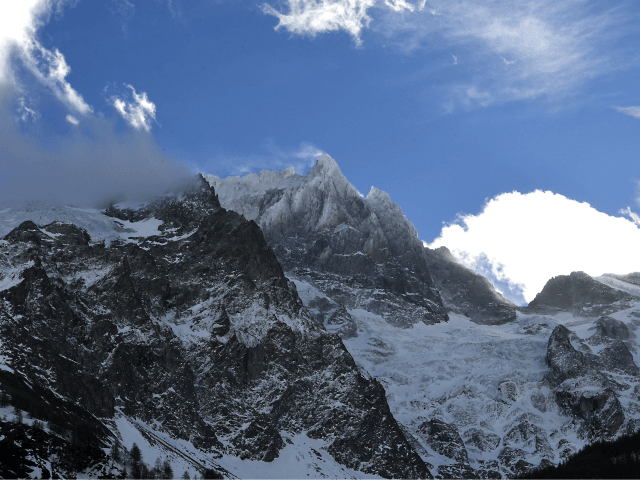Climate is always changing and humans are always adapting, writes Iceland’s former prime minister, so people should stop panicking over global warming.
Despite the stories delivered by “teary-eyed reporters” about the tragedy of melting glaciers, the fact is that some glaciers melt while others grow and it has been this way for all of history, says David Gunnlaugsson, who served as Iceland’s prime minister from 2013 to 2016.
“Our climate changes, but humans adapt. Instead of scaremongering, we should approach this situation on a scientific and rational basis,” Gunnlaugsson writes in the latest issue of the Spectator.
While distancing himself from the label of climate change “denier,” Gunnlaugsson insists that it is “nonsense” to suggest that humans need to “sacrifice the achievements of modern civilisation if we are to save the planet.”
Iceland offers unique insight into the relationship between man and nature, showing that environmental change is natural and nothing to be afraid of, he writes.
“Take Iceland’s melting glaciers. Troubling as a calving glacier might seem, such a phenomenon is by no means out of the ordinary,” he notes. “In fact, this process defines a glacier: they move. Glaciers shed ice at their edges as ice builds up closer to the centre. It is a spectacle we have witnessed in Iceland since the first settlers arrived in the ninth century.”
Even the widely reported “death” of the Ok glacier was an exaggerated, media-driven spectacle, Gunnlaugsson contends, since it was a “relatively small mountain-top glacier that had been receding for decades.”
“In 1901, it measured 38 sq km in size; in 1978, it was just three sq km. So the glacier that had its last rites read in August had, in fact, more or less disappeared half a century ago,” he observes.
And what is the real problem with glaciers receding? Gunnlaugsson asks. Mightn’t this be a good thing?
“When the glaciers were expanding, laying waste to what had previously been green meadows and farmlands, the people who lost their homes would hardly have been grief-stricken by the thought that one day that trend might be reversed,” he proposes, noting that when Iceland was first discovered it was completely covered in forests.
All in all, people have a remarkable ability to adapt to environmental alteration, he notes, which should keep us from freaking out over such changes.
“We Icelanders have witnessed severe changes to our natural environment,” he says. “Iceland is a country of remarkable natural alteration, and we’ve had to adapt to that fact. We realise that humans need to respect natural forces, but history has also shown us the power of human ingenuity and our ability to survive.”
We must “adapt to the ever-changing forces of nature and base our societies on essential commonsense rather than superstition or fear,” he writes.
Iceland’s melting glaciers are simply part of “an endless sequence of natural events that have shaped our country’s history,” he adds.
We must respect nature and seek to preserve our environment, but “it is vital not to overreact or fall for scare stories,” Gunnlaugsson concludes. “Whatever some might say, we shouldn’t panic about Iceland melting.”

COMMENTS
Please let us know if you're having issues with commenting.